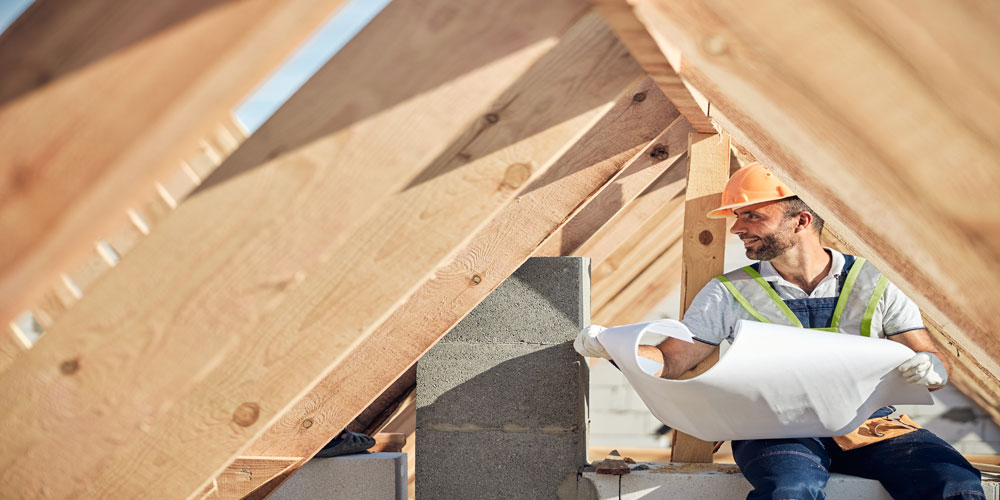
What Types of Sound Testing Do I Need
What Types of Sound Testing Do I Need
Sound Testing needs to be carried out between pairs of rooms separated by party walls or floors. In most cases, the rooms to be sound tested will be the two main habitable rooms – living rooms and bedrooms. All new build dwellings and conversions that were built after this 2004 are required to have 10% of each party wall/floor construction type to be tested.
The sound test procedure involves setting up a noise source in a room on one side of the party wall or floor and measuring the noise on both sides of the partition. The three types of Sound Tests usually required – depending on the project configuration) are:
Airborne Wall Tests
Airborne wall sound tests may be required between separate dwellings where a lounge and/or bedroom are positioned against the dividing wall partition. The sound tests are undertaken by using a sound source, amplifier and loudspeaker to generate a high noise level in one room (the source room). Noise measurements are then taken in both the source and receiver rooms using a prescribed number of source and microphone positions.
The background levels in the receiver room are measured and the reverberation time in the receiver room is also measured. From the results, the airborne sound insulation (DnT,w + Ctr) is calculated and compared to the requirements of Approved Document E.
Airborne Floor Tests
For vertically separated dwellings, airborne floor sound testing may be required, where a lounge and/or bedroom sit’s against the dividing floor partition above and/or below a ‘habitable’ room. The sound tests are undertaken by using a sound source, amplifier, and loudspeaker to generate a high noise level in one room (the source room). Noise measurements are then taken in both the source and receiver rooms using a prescribed number of source and microphone positions.
Impact Sound Tests
For vertically separated rooms, an Impact sound test may also be required. This sound test is undertaken using a “tapping machine”, (as above) which drops a series of weights onto the floor of the upper room. The noise level in the lower (receiver) room is measured for a prescribed number of source and microphone locations. The background levels in the receiver room are measured and the reverberation time in the receiver room is also measured. From the results, the impact sound insulation (L’nT,w) is calculated and compared to the requirements of Approved Document E.
Non-Residential Sound Testing
It is worth noting that sound insulation testing may also be required in non-residential buildings such as schools, hospitals, workplaces, whereas built performance needs to be demonstrated to ensure noise-sensitive areas (e.g. classrooms, wards, meeting rooms) are suitably insulated from noisier areas or to comply with BB93 & BREEAM requirements.
Sample Sound Testing
If you have an existing building that you are about to convert into flats etc. and need to establish the acoustic performance of the existing partitions, we can undertake sample sound testing on walls and floors to check the sound insulation performance. Thereafter we can forward a targeted acoustic design to comply with Part E of Building Regulations, as well as undertaking the final pre-completion sound testing.
All APT’s test engineers carry the latest Norsonic equipment, which are class one rating all of our acoustic testing/sound testing is completed to a strict quality controlled standard. We provide full ISO & UKAS compliant sound testing.
If you would like more information in regards to your air and sound testing please contact us now at info@aptsoundtesting.co.uk or call us on 07775 623464